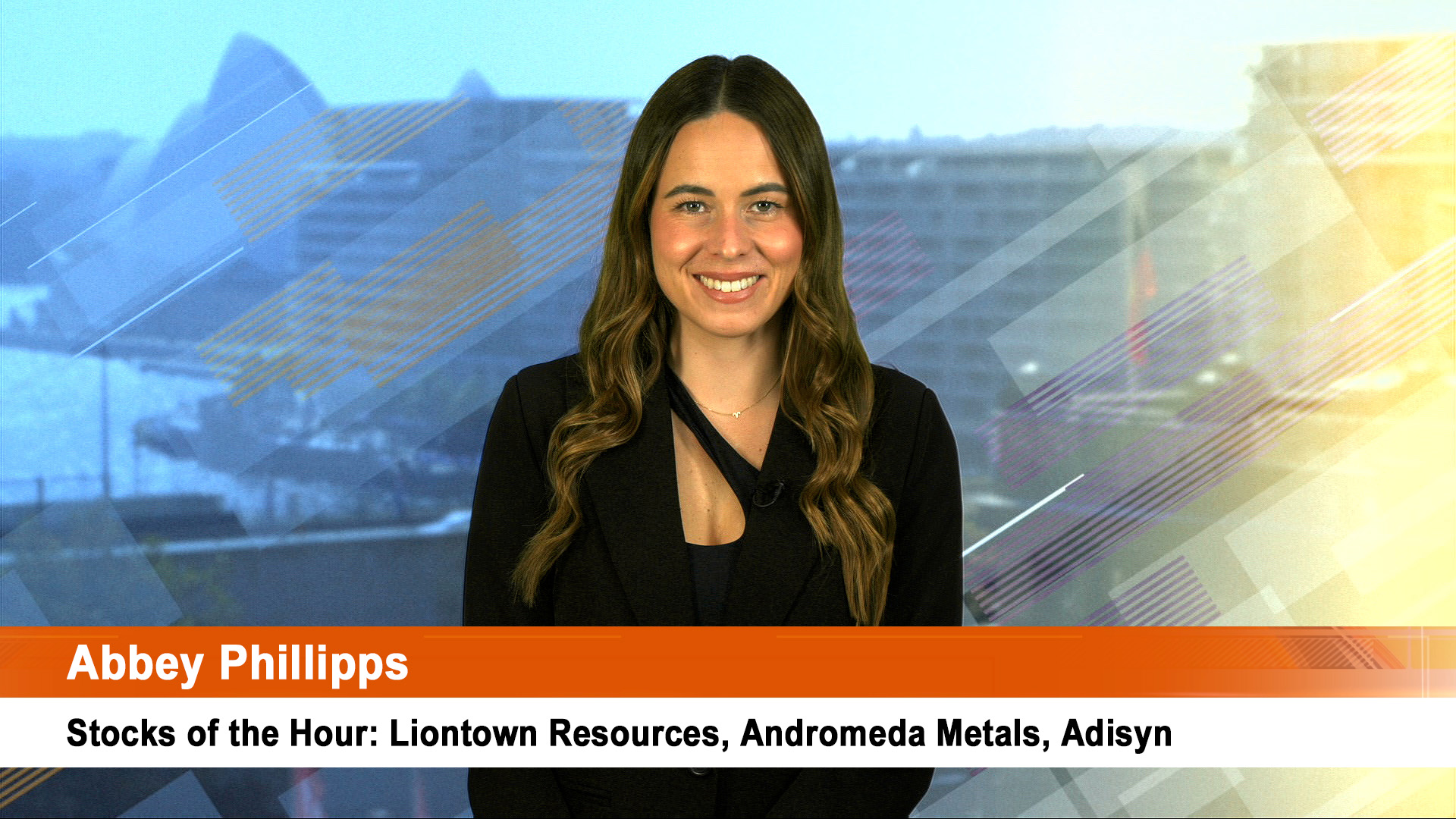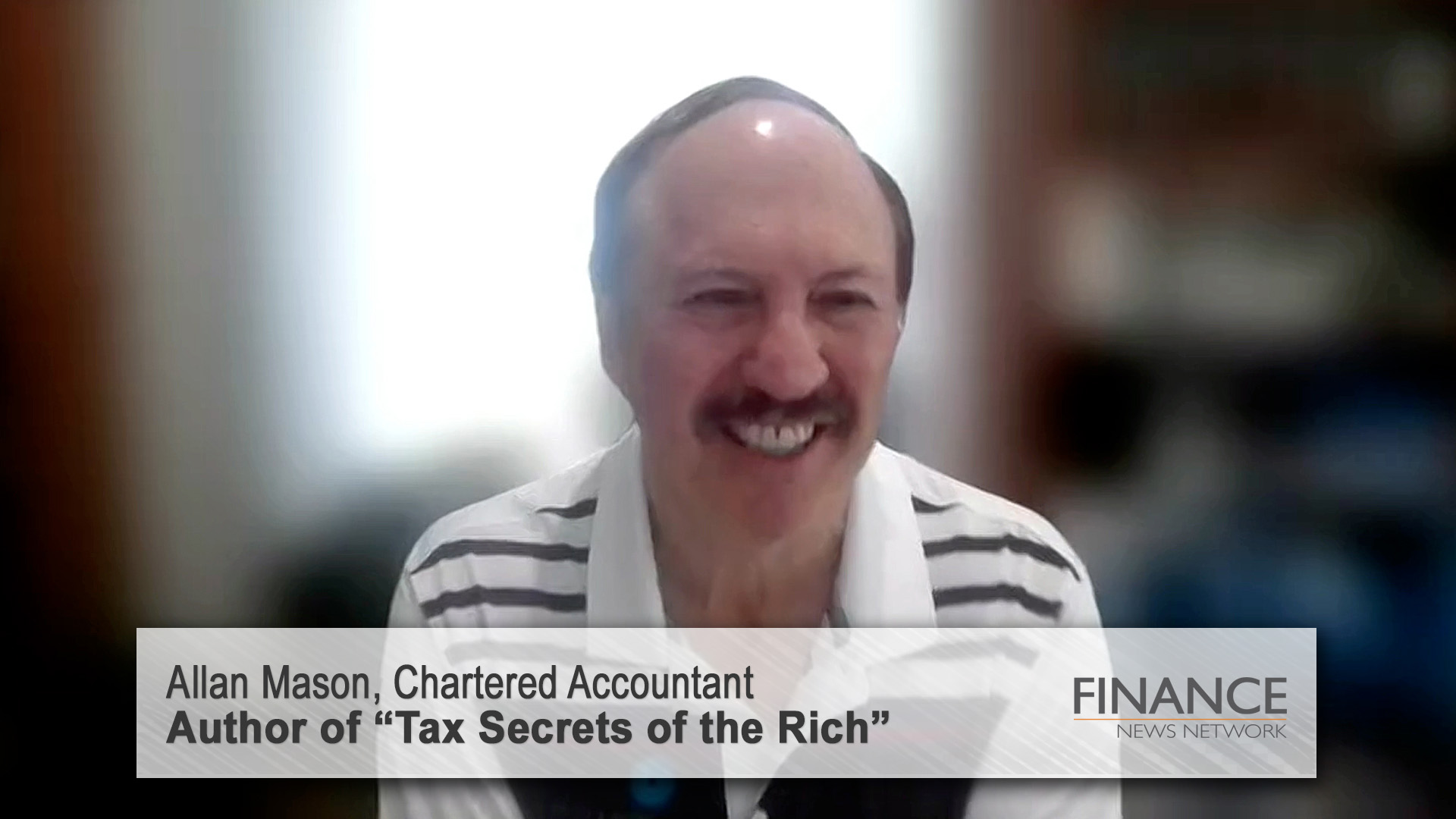Some of the headlines suggested the Reserve Bank yesterday warned of a bubble in housing, and on first reading some of the comments in a speech by Assistant Governor, Phil Lowe its head of economics and in the first Financial Stability Report for 2010, could be taken that way.
"Housing bubble risk-rates to rise" shouted the story on the Fairfax websites yesterday.
But the message was very different once the speech and the FSR had been read together.
The RBA pointed out that it thinks there has already been an impact from its four rate rises on housing finance, even though households and business continue to benefit from the improved state of the economy.
The household and business sectors have benefited from improved economic conditions, but higher interest rates have had a dampening effect on housing finance, the Reserve Bank said.
In the FSR the central bank said that, while households had been more cautious in their borrowing behaviour than before the global financial crisis (GFC), demand for housing credit noticeably strengthened in 2009.
"The household and business sectors in Australia are benefiting from improved economic conditions.
"While households have generally been more cautious in their borrowing behaviour than in the pre-crisis period, their demand for housing credit strengthened noticeably during 2009, and this has been associated with stronger growth in housing prices.

"However, higher interest rates have had a dampening effect on housing finance."
Where the central bank did warn was commercial property.
“There has been a more significant deterioration in the quality of banks’ business loan portfolios, particularly for commercial property,” the RBA said in the FSR yesterday.
“This remains an area to watch closely in the period ahead.
“While recent interest rate rises may raise debt-servicing pressures for some borrowers in the period ahead, more prudent lending criteria should help limit the share of new customers that would otherwise enter arrears over the medium term,” the report said.
It pointed out that the ratio of non-performing business loans rose to 3% at the end of last year, around 0.35% higher than six months earlier.
By contrast, the quality of home loan portfolios remained “very high by international standards”, with only 0.63% of mortgages in arrears in December.
And in his speech Mr Lowe went further, making a couple of very important points to differentiate the current strength seen in housing prices with the conditions in the previous surge back in the early years of the last decade.
"Over recent times, most indicators of conditions in the established housing market have been very buoyant.
"Auction clearance rates have been high and nationwide measures of housing prices have been increasing by around 1 per cent a month, with prices in Melbourne rising at an even faster pace.
"The rental market also remains quite tight, with rents having risen firmly and vacancy rates low."
That’s the conventional picture and one that attracts all sorts of dire warnings from the usual suspects.
But he went on to say "There are, however, a few contrary signs to this generally strong picture.
"Total housing loan approvals declined in October, November, December and January, with the declines broader than just for first-home buyers following the scaling back of the additional grants.
"Some lenders have also tightened terms and conditions, including by further reducing maximum loan-to-valuation ratios (LVRs).
"And in the lower-priced suburbs of the capital cities, housing prices have broadly moved sideways since October, after earlier significant rises.
"Looking forward, it is too early to tell whether these contrary signs indicate that some cooling in the property market is in prospect.
"It is, however, clearly desirable to avoid significant imbalances developing in the housing market, both in terms of the supply-demand situation and the price and financing dynamics.
"The pick-up in dwelling construction that is occurring will be helpful here, although further increases are likely to be needed over the medium term."
But perhaps the most telling point he made was the difference between now and the boom in 2002-03.
"On the financing side, we are currently not seeing the type of financial developments that caused concern in 2002 and 2003 when maximum LVRs were being raised, loan servicing requirements were being eased, new types of mortgage products were being introduced, and risk spreads were being compressed.
"This is good news, as it would obviously be unhelpful if a speculative cycle were to emerge on the back of the recent strength in housing prices.
"This is an area that lenders and current and prospective home owners will need to watch carefully over the months ahead. "
And the RBA of course has made no secret of the fact that it will give housing a whack if prices continue to surge.
The message yesterday was that the central bank is alert to the dangers, but not yet alarmed.













